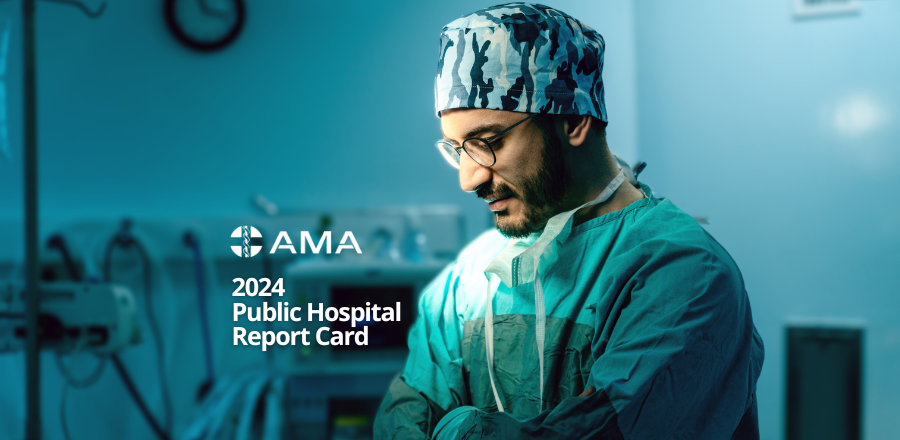The Pharmaceutical Benefits Scheme (PBS) is a system for subsidising the cost of prescription medicines in Australia. Originally dubbed the National Health Service (NHS) having been inspired by the NHS in England, the PBS was introduced by the Chifley Government in 1948 as a post-war public health initiative and was implemented as an extension of the Repatriation Pharmaceutical Benefits Scheme (RPBS) which has funded medicines for veterans since 1919. Initially, the PBS subsidised a short list of ‘lifesaving and disease-preventing’ medicines such as insulin, cortisone, penicillin, streptomycin, sulphonamide antibiotics and TB vaccine. By 2003, the list included over 600 medicines with new items added every month. It remains an uncapped scheme costing $11,690 million in 2017-18, having subsidised 204 million prescriptions.
WHO HAS ACCESS TO PBS-FUNDED MEDICINES?
PBS benefits are available to all Australian residents and eligible visitors from countries which have Reciprocal Health Care Agreements with Australia. These countries are the United Kingdom, Ireland, New Zealand, Malta, Italy, Sweden, the Netherlands, Finland, Norway and Belgium and Slovenia. Pharmaceutical Benefits can only be prescribed by doctors, dentists, optometrists, midwives and nurse practitioners who are approved to prescribe PBS medicines under the National Health Act 1953.
HOW DO DRUGS GET LISTED ON THE PBS?
To be considered for PBS schedule inclusion, a submission must be made by the medicine’s sponsor to the Pharmaceutical Benefits Advisory Committee (PBAC). Pharmacoeconomic and cost-effectiveness analyses are made by the PBAC’s Drug Utilisation Subcommittee (DUSC). New drugs have not been added to the Dental PBS Schedule for many years. Medicines on the PBS schedule fall into three broad categories:
– Unrestricted benefits – that have no restrictions on their therapeutic uses;
– Restricted benefits – can only be prescribed for specific therapeutic uses/conditions; and
– Authority-required benefits – may only be prescribed for specific conditions and require either ‘streamlined’ authorisation or written PBS or RPBS pre-approval before prescribing. This is usually limited to very expensive medicines or those for very specific conditions.
WHAT MEDICINES CAN DENTISTS PRESCRIBE ON THE PBS?
Dentists have been eligible to prescribe PBS medicines since 1 April 1979. Dentists do not prescribe general PBS items, but have a separate Dental Schedule whose items are identified by the ‘DP’ symbol. Most are unrestricted benefits, but there are a few restricted benefits on the Dental Schedule. For example, oxycodone 5 mg capsules are restricted to “Severe disabling pain only” with clinical criteria listed as: “The condition must be unresponsive to non-opioid analgesics”.
There are no repeats for dental items on the PBS and none requiring an authority prescription. PBS regulations stipulate that if a PBS item is normally administered in a particular manner it will not be considered a PBS benefit if it is administered another way. For example, eyedrops may not be prescribed on the PBS for intra-oral use. As these rules occasionally change, dentists are encouraged to remain up-to-date with the PBS Dental Schedule, be aware of PBS prescribing restrictions, and know how much patients will have to pay.
HOW DO I PRESCRIBE MEDICINES NOT LISTED ON THE PBS DENTAL SCHEDULE? (I.E. PRIVATE PRESCRIPTIONS)
In all Australian states and territories, dentists are legally permitted to prescribe Schedule 2, 3, 4 and some Schedule 8 medicines if they are for dental treatment of persons under their care. The PBS list just covers those medicines for which the government will help pay the bill.
If a dentist wishes to prescribe a drug not on the PBS dental schedule or for a use different from that which it is PBS-listed, the prescriber must write a non-PBS private prescription. A standard PBS prescription form can be used for this purpose, but the ‘PBS/RPBS’ text must be clearly struck out and the words ‘non-PBS’ should be clearly endorsed on the form. Be aware that the patient will pay the full cost of a private prescription. However, some of the cost can be claimed on private health insurance and many well-established medications are not very expensive.
WHO CAN DISPENSE PBS MEDICINES?
All suppliers of PBS medicines must be approved by the Department of Human Services. These are pharmacists, doctors in certain remote and rural areas, and some hospital authorities. When a medication is dispensed under the PBS, the cost of the medicine includes the cost price, wholesaler mark-up, pharmacy mark-up and a dispensing fee. The patient pays the current patient contribution (subject to concessions and safety nets) and Medicare Australia reimburses the pharmacy for the remainder of the medication’s cost. The current PBS dispensing fee is $7.29 per prescription and is paid by the PBS not the patient.
HOW MUCH DOES THE PATIENT PAY?
From 1948 to 1960, PBS medicines were dispensed free-of-charge to consumers, but this led to stockpiling and people having them dispensed just for something to do. So in 1960, a 50 cent patient contribution was introduced by the Menzies Government. By 1985, this contribution had risen to $5.00 for general patients and $2.00 for ‘pensioners’ and as of 1 January 2019, the general patient co-payment is $40.30 and $6.50 for concession card holders. If the medication’s dispensed price falls under the patient co-payment fee, how much the patient is charged is left to the pharmacy’s discretion. Additional costs may be levied to the patient in addition to their co-payment, including therapeutic group and brand price premiums. These are costs generally incurred due to dispensing of more expensive brands and are usually avoided by having the cheapest generic brand dispensed.








